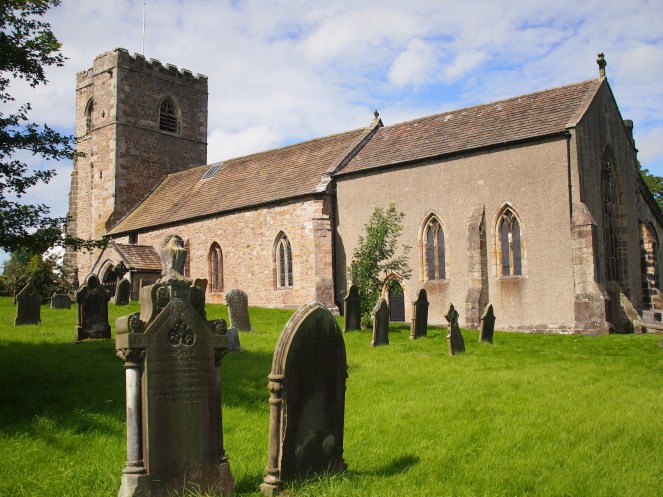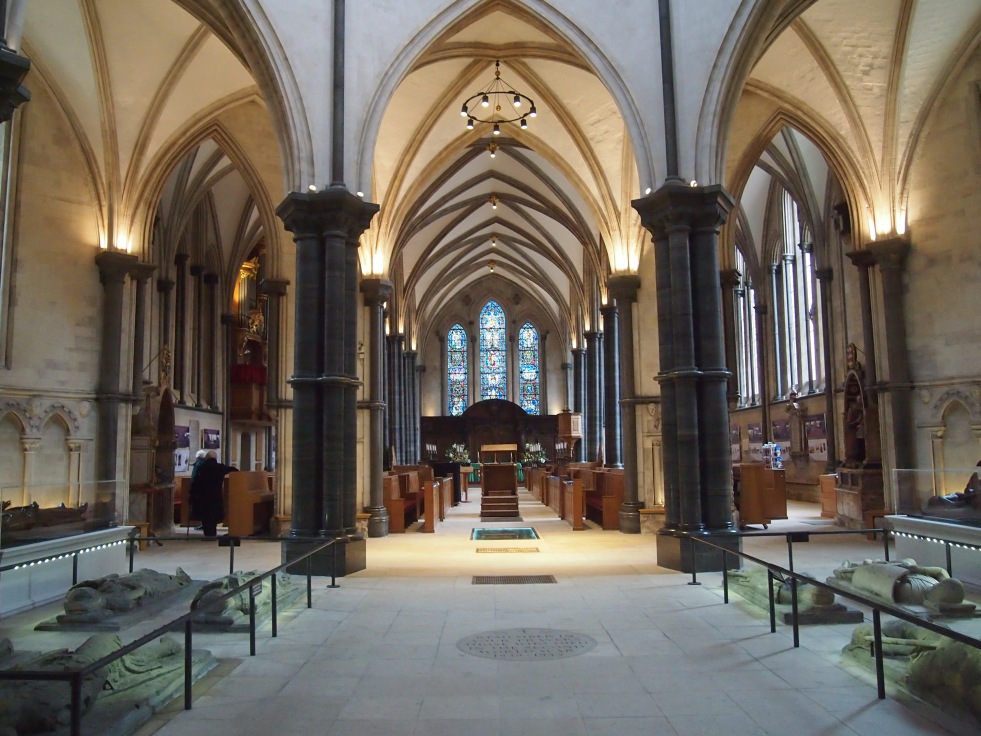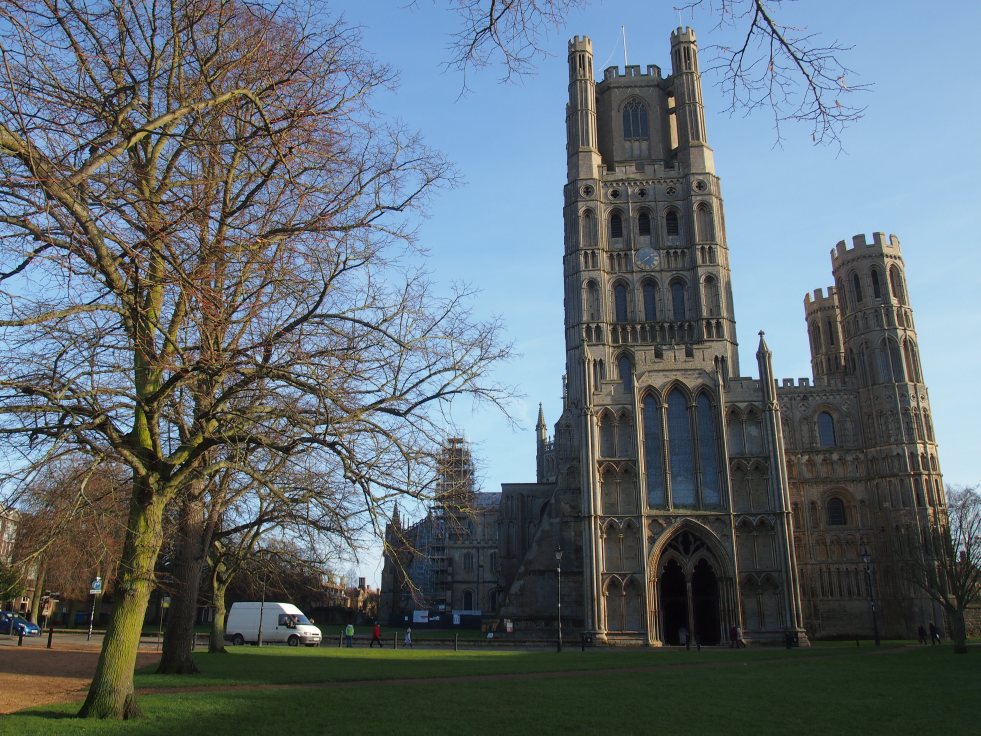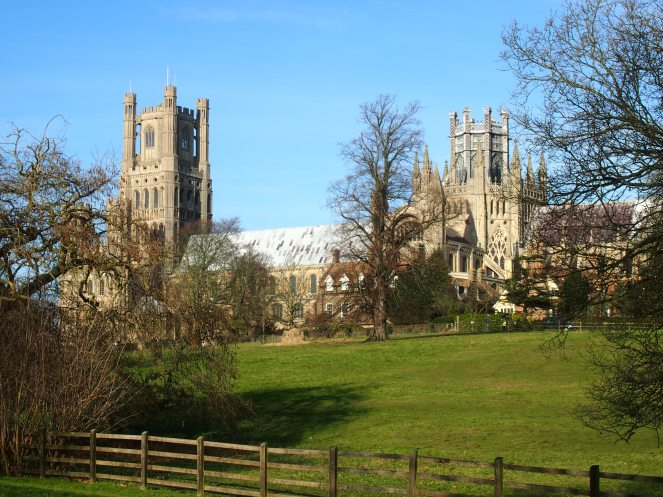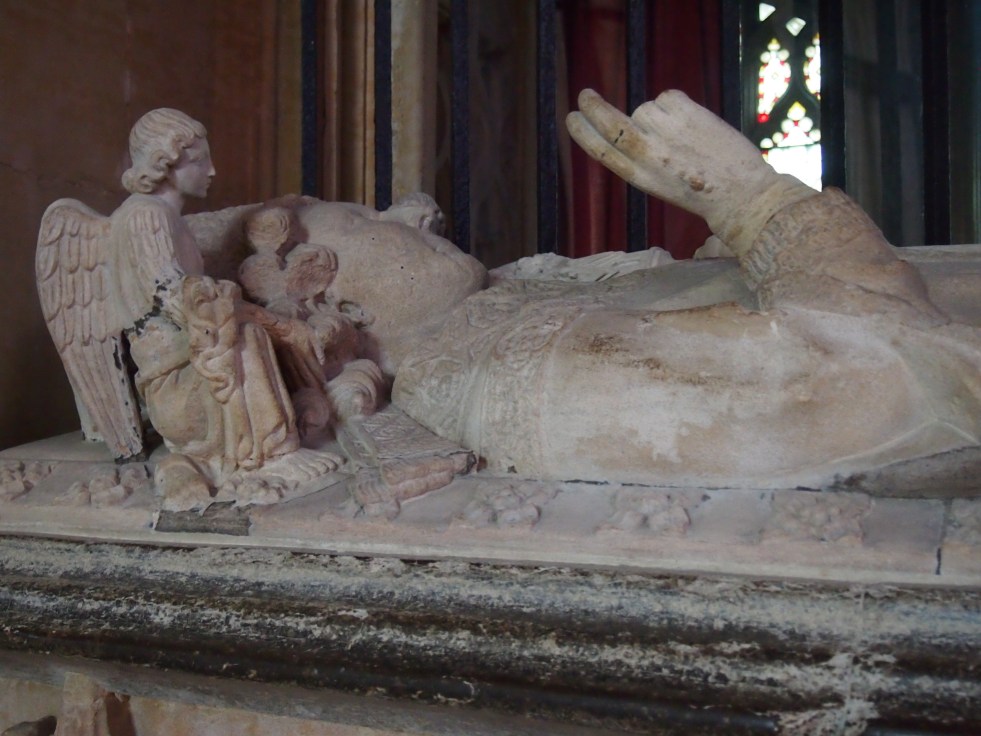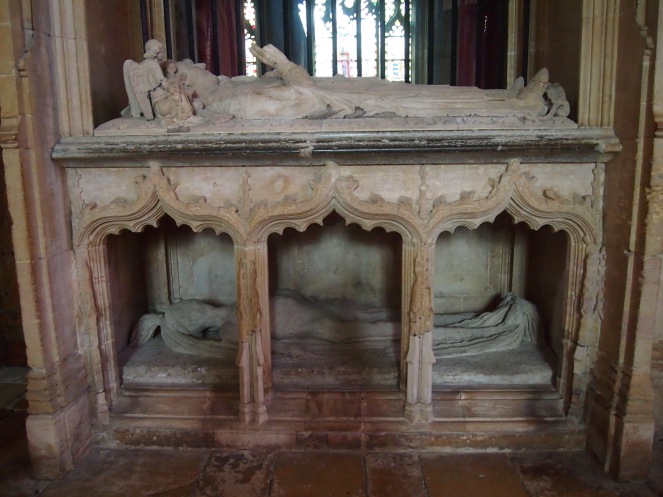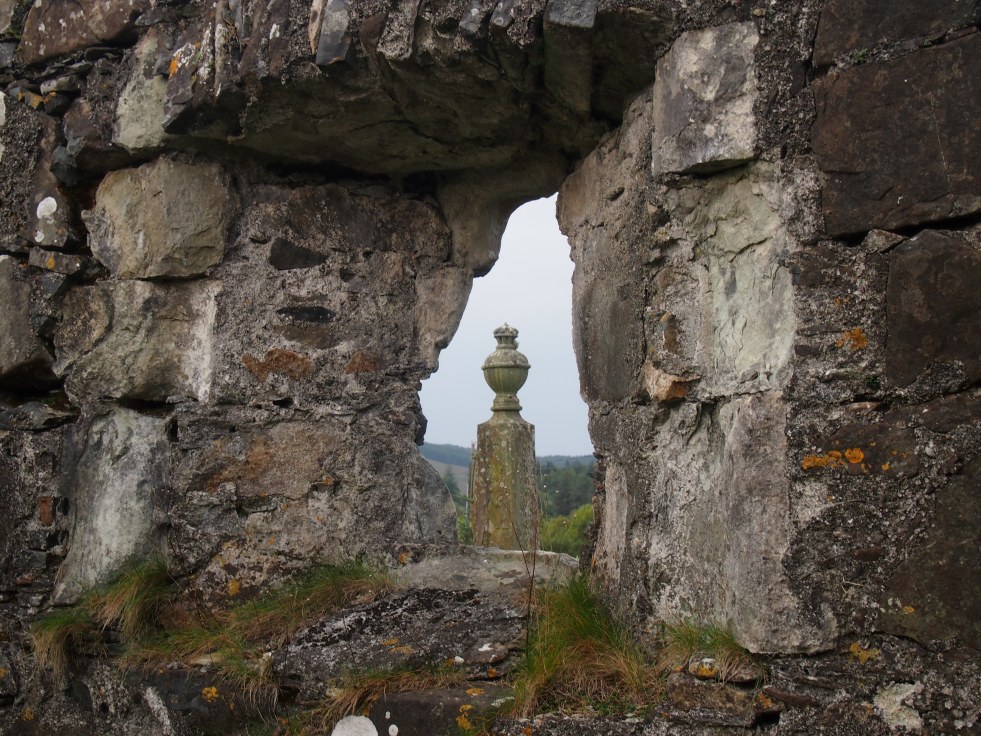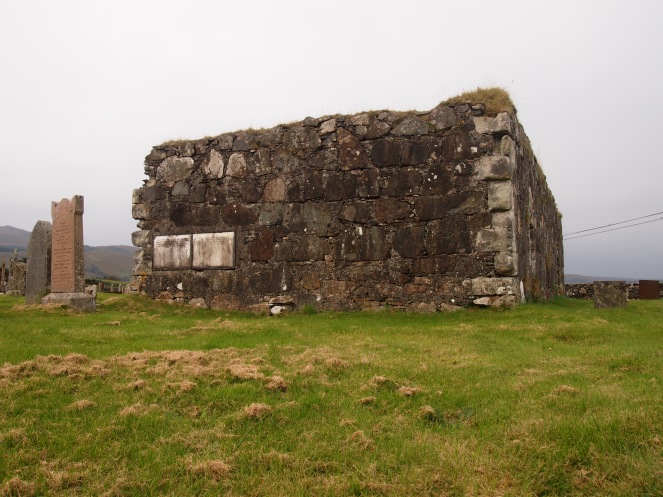At the heart of Lancashire’s Ribble Valley, standing close to the banks of the River Ribble and overlooking Pendle Hill, is the church of All Hallows, Great Mitton. Within its walls is a remarkable collection of effigy graves, dating from the 16th to early 18th Centuries, all commemorating members of a local family whose fates were intertwined with some of the major political and religious upheavals of those centuries. Their elaborate graves also reflect the changing fashions both in clothing and in funerary architecture from the Tudor period through to the Stuart and early Georgian periods.
